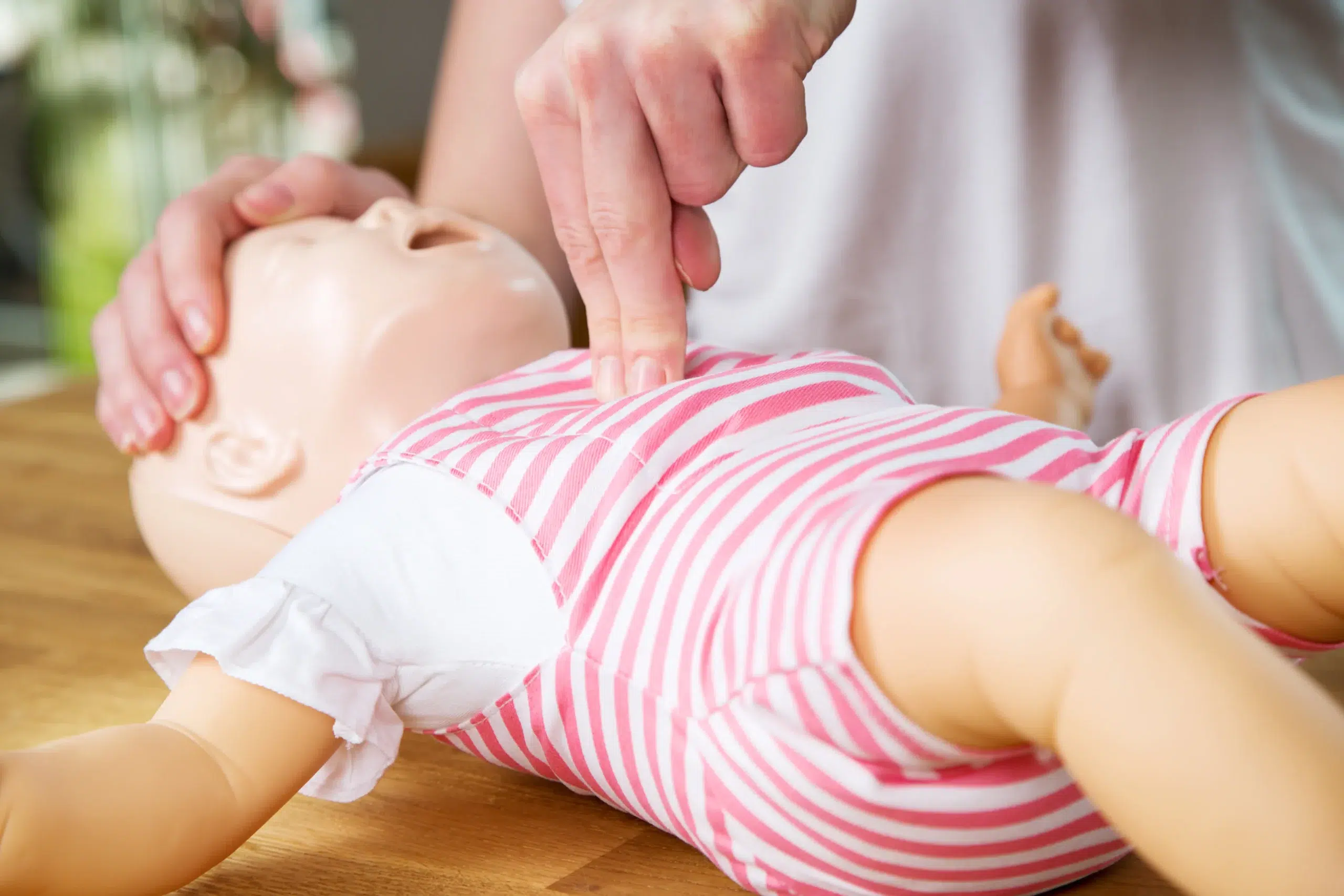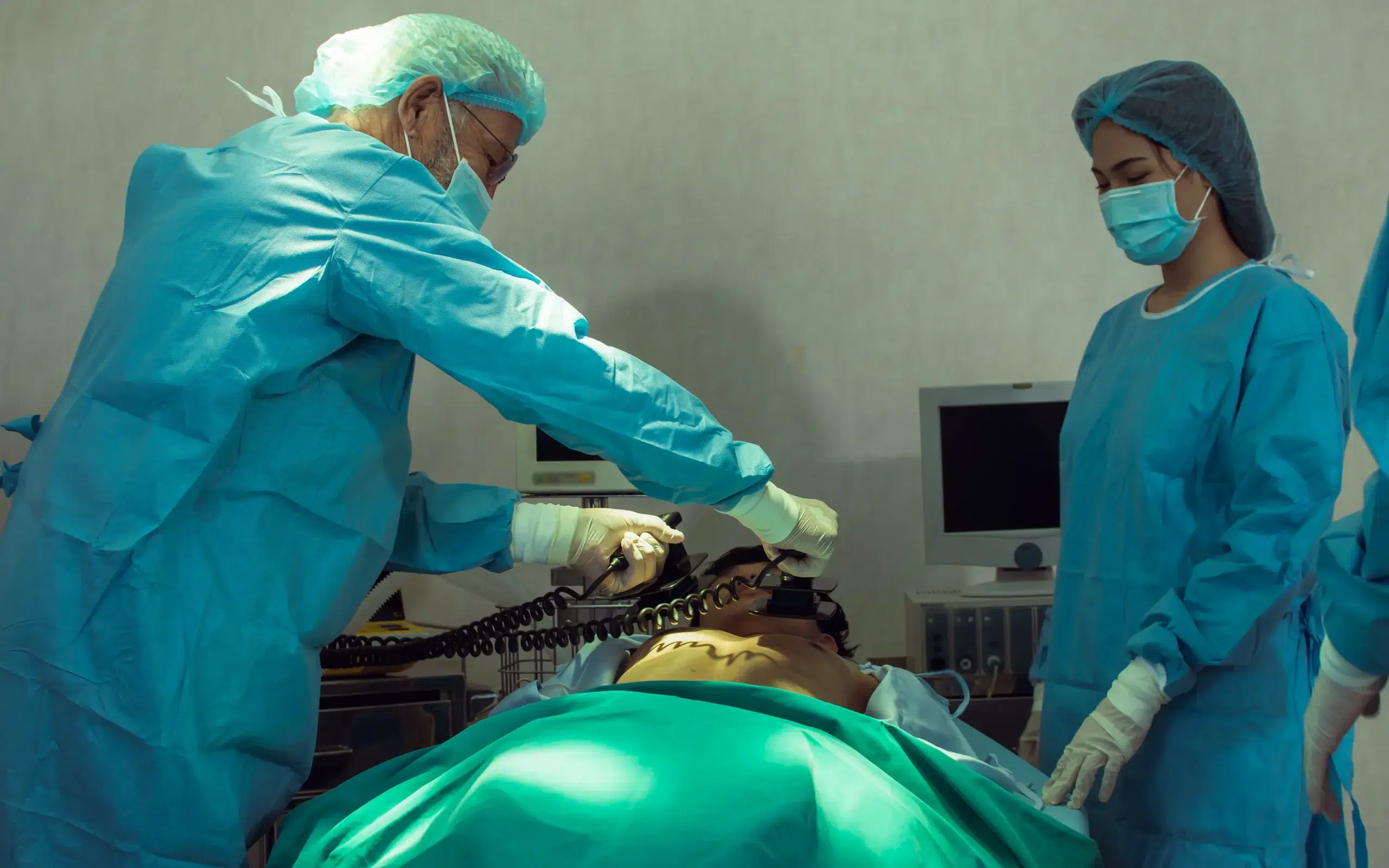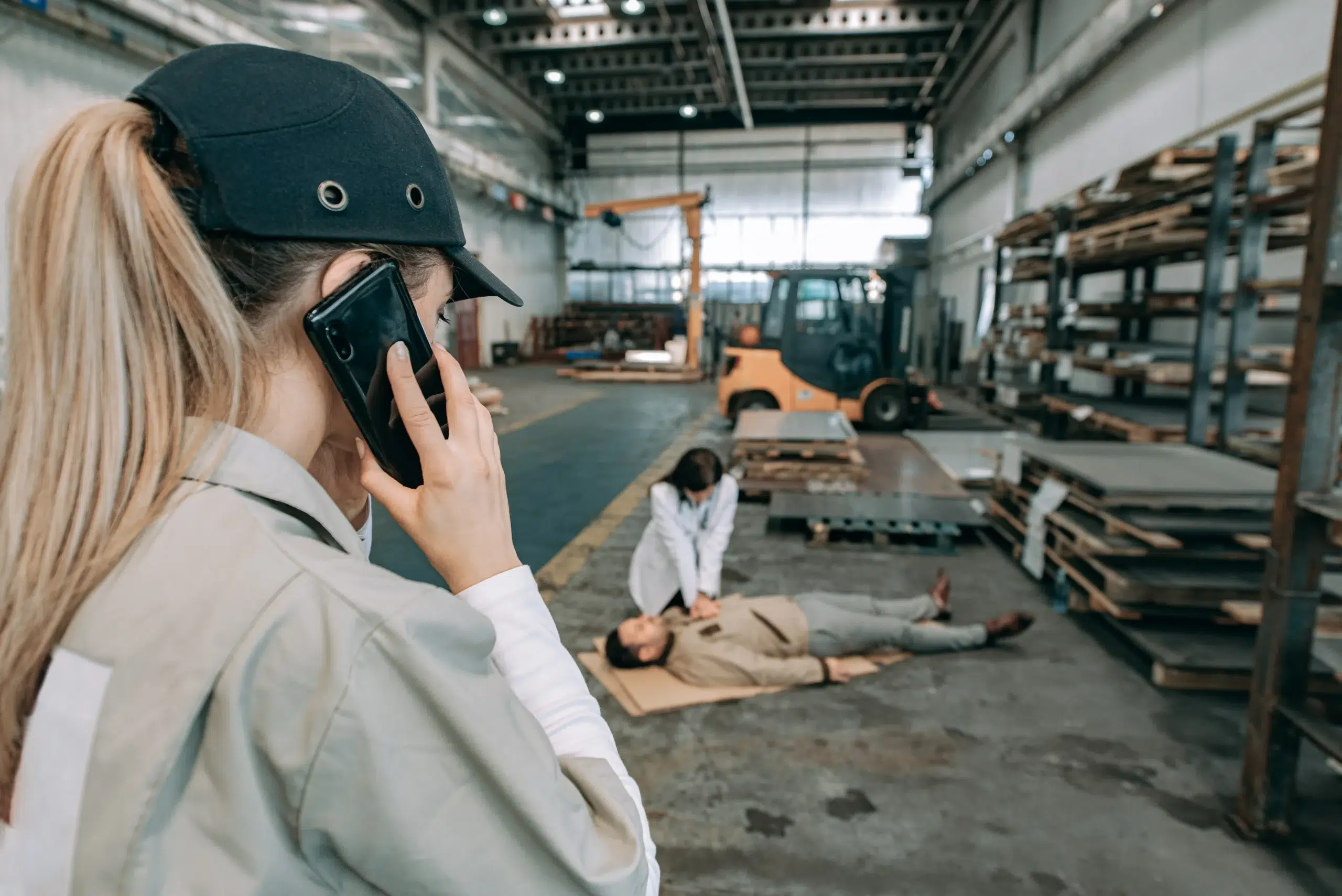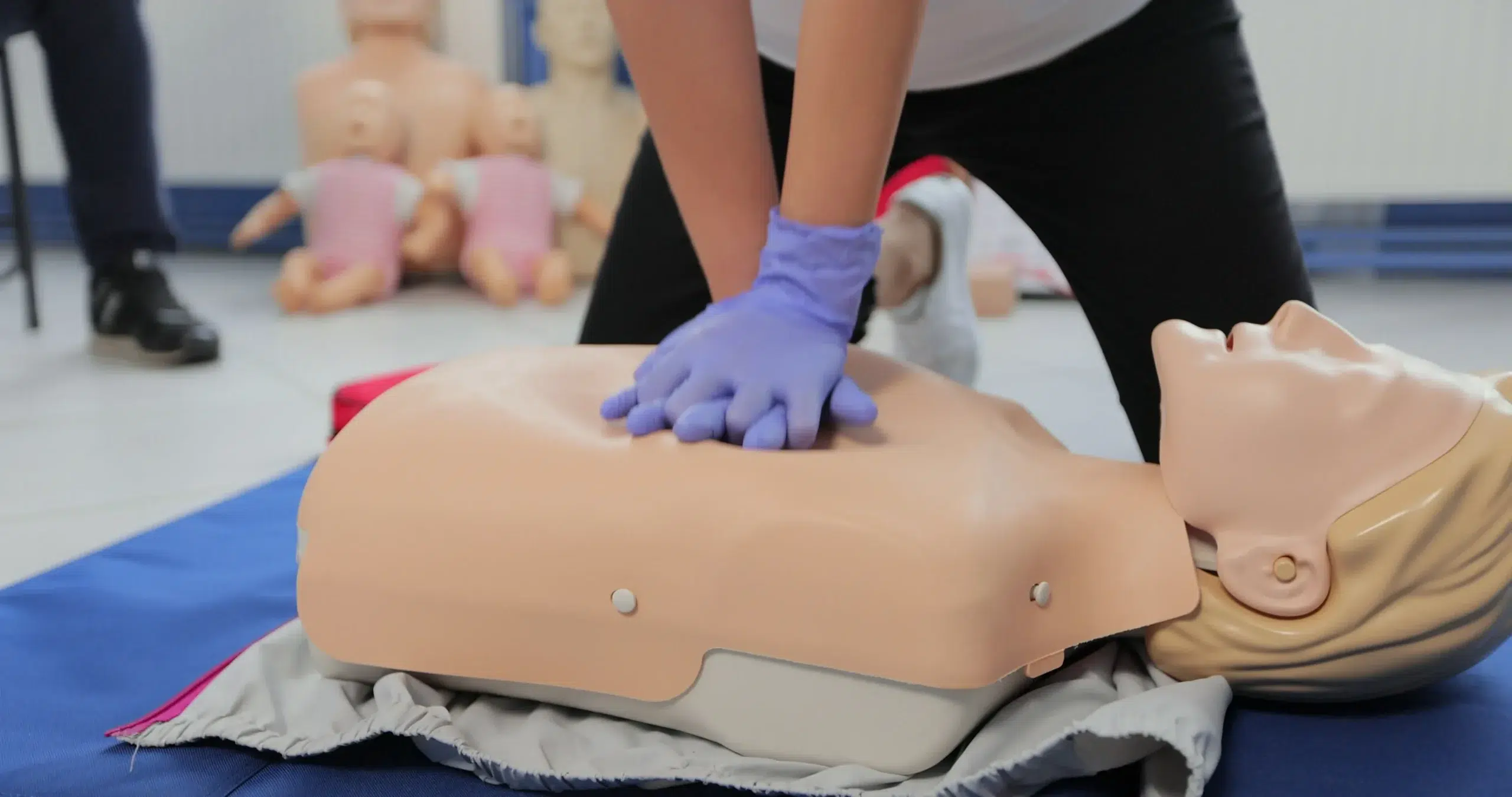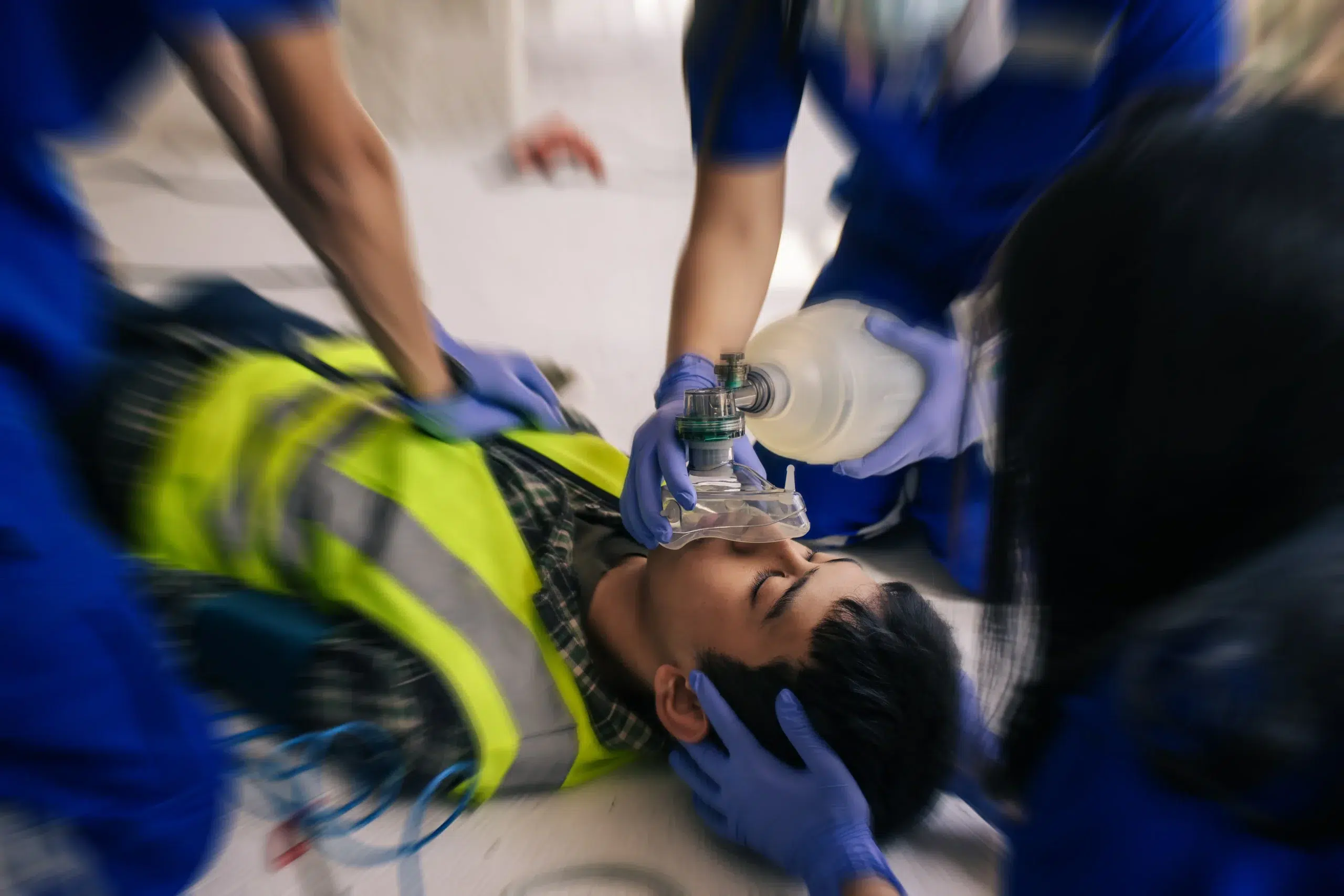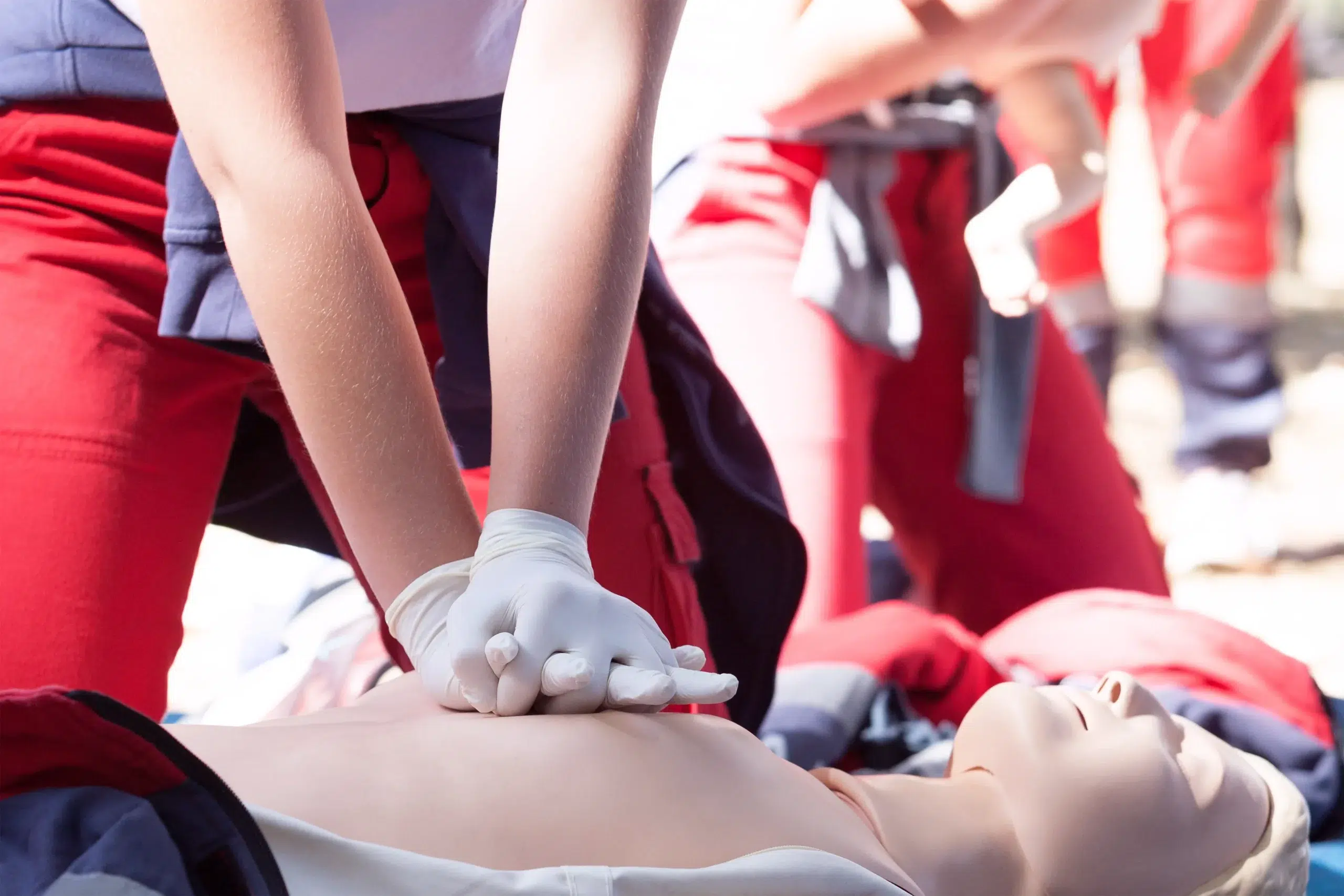Life is full of unexpected moments, and being equipped to handle medical emergencies can bring invaluable peace of mind. Basic Life Support (BLS) training gives you the skills to respond effectively when every second matters. This guide will cover all aspects of BLS certification, from understanding the core skills to finding “BLS classes near me.” We’ll explore the different learning options available, discuss the importance of BLS for various professions, and provide practical advice for choosing the right course. Whether you’re a healthcare worker, a parent, or simply someone who wants to make a difference, this guide will help you get started with BLS training.
Key Takeaways
- BLS certification is crucial for healthcare professionals: It provides essential life-saving skills, enhances your credibility, and is often a job requirement. Choose an AHA-approved course for the highest quality training.
- Finding a BLS class is simple: Search online, check local training centers, and consider providers like Danville CPR Classes, the American Red Cross, or the American Heart Association. Select the format—in-person, online, or blended—that best suits your needs.
- BLS training is affordable and accessible: Consider group discounts or financial aid to manage costs. Certification is valid for two years and requires renewal. Danville CPR Classes offers a low-price guarantee, making high-quality training accessible.
What is BLS Certification & Why Do You Need It?
BLS stands for Basic Life Support. It’s a critical healthcare certification that equips individuals with the skills to respond to life-threatening emergencies. It focuses on providing immediate care to adults, children, and infants experiencing cardiac arrest, respiratory distress, or an obstructed airway. Unlike general public CPR certification, BLS certification goes deeper and is designed for healthcare providers, first responders, and other professionals in healthcare settings.
Key Skills You’ll Learn
In a BLS certification course, you’ll gain practical skills and knowledge to handle various medical emergencies. These courses cover essential techniques like CPR (cardiopulmonary resuscitation), using an AED (automated external defibrillator), and clearing obstructed airways. You’ll also learn to recognize the signs of a heart attack or stroke. Beyond these core skills, BLS training emphasizes critical thinking, problem-solving, communication, and teamwork—all vital in emergencies. The curriculum often includes instruction on scene safety, legal considerations, and interacting with the emergency medical system.
Why BLS Matters for Healthcare Professionals & First Responders
BLS certification is often a job requirement for many healthcare professionals, including doctors, nurses, paramedics, and EMTs. It signifies a commitment to patient safety and professional development. Holding a BLS certification demonstrates that you possess the training and skills to provide timely and effective care during medical crises, which can significantly improve patient outcomes, particularly in cases of cardiac arrest. For healthcare providers, maintaining a current BLS certification is essential for career advancement and demonstrates a dedication to staying up-to-date with the latest life-saving techniques. If you’re considering a career in healthcare, obtaining BLS certification is a smart first step. Even for those not directly involved in patient care, having BLS training can be a valuable asset, enabling you to respond confidently and effectively in emergencies.
Find BLS Classes Near You
Finding the right BLS class is easier than you think. Whether you’re a healthcare professional needing recertification or just starting out, there are several ways to find a course that fits your needs.
Use Online Search Tools & Resources
Start your search online using search engines like Google, Bing, or DuckDuckGo. Enter keywords like “BLS classes near me,” “BLS certification Danville,” or “AHA BLS courses.” These searches will give you a list of potential training centers, class schedules, and helpful resources. You can also use online directories for CPR and BLS training, which often let you filter by location, date, and course type. The American Heart Association’s website is a great resource for finding certified training centers.
Explore Local Training Centers
Many hospitals, community centers, and dedicated CPR training facilities offer BLS classes. Contacting these places directly can give you valuable information about upcoming courses, class sizes, and instructor qualifications. Don’t overlook smaller, local businesses that specialize in CPR training. They often offer more personalized instruction and flexible scheduling. For example, Safety Training Seminars offers a variety of AHA courses in Danville, CA, and can even come to your location.
BLS Class Providers
Several organizations provide BLS certification. Understanding the differences can help you make the best choice.
Danville CPR Classes
Danville CPR Classes offers a comprehensive range of American Heart Association (AHA) courses, including BLS, ACLS, PALS, and CPR/First Aid. They’re known for their high-quality instruction and low-price guarantee.
American Red Cross
The American Red Cross is another well-known provider of BLS certification courses. This certification is valuable for healthcare providers and other professionals.
American Heart Association
The American Heart Association (AHA) sets the standard for BLS Certification. Make sure any course you choose is AHA-approved. This ensures it meets the highest quality standards.
Local Hospitals & Community Centers
Many local hospitals and community centers offer BLS classes through partnerships with organizations like the AHA or Red Cross. Check with hospitals like Hartford HealthCare, which offers a variety of AHA-certified courses, or your local community center for training options.
Choose the Right BLS Class Format
Finding the right BLS class format depends on your learning style and schedule. Let’s break down the most common options so you can make the best choice for your needs.
In-Person: Hands-On Learning
In-person BLS classes offer a structured learning environment with direct interaction with a certified instructor. This format is ideal for those who thrive in a hands-on setting. You’ll practice skills in real-time and receive immediate feedback, which can be incredibly valuable for mastering essential techniques. This in-person training is especially beneficial for kinesthetic learners.
Online: Flexibility & Convenience
Online BLS certification courses offer unparalleled flexibility. You can learn at your own pace and fit your studies around your existing commitments. This format is perfect for busy professionals, students, or anyone with a packed schedule. Many online programs align with American Heart Association guidelines, ensuring you receive high-quality and up-to-date training. Just be sure the program you choose includes a hands-on skills assessment, which is required for AHA certification.
Blended Learning: Combining Both
Blended learning combines online and in-person training. You’ll typically complete the cognitive portion of the course online at your own speed. Then, you’ll attend an in-person skills session to practice and demonstrate your proficiency. The BLS CPR Provider Heartcode course is a great example of this format. Blended learning offers a thorough understanding of the material while still providing essential practical experience.
Select the Best Format for You
Before you sign up for a BLS certification course, consider your learning preferences and available time. Reviewing some basic BLS information and study guides can help you choose the right format. Think about whether you prefer structured, in-person instruction or the flexibility of online learning. Also, consider how much time you can dedicate to studying and attending classes. Choosing the right format will set you up for success in your BLS training.
What Happens in a BLS Class?
So, you’re signed up for a BLS class—great! Now, what can you expect? Whether you’re a healthcare provider or someone wanting to learn essential lifesaving skills, understanding the course flow will help you feel prepared and confident.
Course Structure & Duration
BLS courses cater to different learning needs. There are options for first-time learners, healthcare providers needing recertification, and even accelerated review courses. Some courses offer a “challenge” option, allowing you to study independently and then take a skills test and written exam. This flexibility is helpful for people with busy schedules. Typically, instructor-led BLS courses run about four to five hours. If you prefer a more flexible approach, blended learning courses combine online modules (about one to two hours) with in-person skills practice (two to three hours). You can find more information on BLS course formats from the Red Cross.
Key Topics & Hands-On Practice
BLS classes cover a range of essential topics. You’ll learn the core techniques of CPR, how to use an AED, and how to help someone who is choking. Beyond these basics, the curriculum also emphasizes critical thinking, problem-solving, communication, and teamwork—all crucial in emergency situations. You’ll also learn about scene safety, legal considerations, and how the emergency medical system works. The goal is to equip you with the knowledge and skills to respond effectively in various emergencies. For a helpful overview of key BLS topics, check out this BLS cheatsheet.
Assessment & Certification
To receive your BLS certification, you’ll need to demonstrate your skills and knowledge. Most courses involve both a written exam and a practical skills test. The American Heart Association (AHA) BLS course, for example, often includes an online component and an in-person skills assessment. BLS certifications are typically valid for two years, after which you’ll need to take a renewal course to stay current.
Prepare for Your BLS Class
A little preparation goes a long way! Before your class, familiarize yourself with basic BLS information. Many providers offer study guides and practice exams. Reviewing these resources can help you feel more comfortable with the material and increase your chances of success. Practice exams are a great way to assess your understanding and identify any areas where you might need extra focus. Consider reviewing these tips for preparing for your BLS class.
Cost, Accessibility & Certification
Getting BLS certified doesn’t have to break the bank. Let’s explore the typical costs, payment options, and ways to make the training more accessible.
Typical Costs & Payment Options
BLS certification course costs vary based on the training provider and format (online, in-person, or blended learning). Usually, the online portion (often called HeartCode BLS) has a set fee (around $31, for example). This online training is typically required before the in-person skills session, which has a separate cost. Most providers accept various payment methods, including credit and debit cards. Some may even offer financing. Check with your chosen provider, like Danville CPR Classes, for specifics on pricing and payment options.
Group Discounts & Financial Aid
If you’re training a group, like company staff or a community organization, inquire about group discounts. Many training centers offer reduced rates for group sessions, making it more affordable to train multiple people at once. Contact providers directly to discuss group rates and customize a program. Some organizations may also offer financial aid or scholarships—it never hurts to ask.
Certification Renewal
BLS certification is typically valid for two years. Renewing is straightforward, with options for online or in-person courses. This flexibility lets you choose the format that best suits your schedule and learning style. Check with your certifying organization, such as the American Red Cross or the American Heart Association, for their renewal process.
Danville CPR Classes’ Low Price Guarantee
Danville CPR Classes is committed to making quality BLS training accessible. Their low price guarantee ensures you’re getting the best value. Serving the San Ramon, Dublin, and Danville, CA communities, they offer various courses, including CPR and First Aid, EMSA Child Care Health & Safety, and RQI classes for healthcare professionals. Contact them to learn more about their affordable training options.
Related Articles
- BLS Certification Dublin: Costs, Courses & Providers – Danville CPR Classes
- BLS Certification Danville: A Comprehensive Guide
- Heartcode BLS Dublin: Your Certification Guide – Danville CPR Classes
- Your Guide to BLS Renewal in Dublin – Danville CPR Classes
Frequently Asked Questions
How long does BLS certification last, and how do I renew it? BLS certification is typically valid for two years. Renewal involves taking another BLS course, either online or in-person, before your current certification expires. Check with your certifying organization (like the American Heart Association or American Red Cross) for specific renewal requirements.
What’s the difference between BLS and CPR certification? While both involve CPR, BLS certification is more comprehensive and geared towards healthcare providers and first responders. It covers a broader range of skills, including AED use, advanced airway management, and team dynamics during emergencies. CPR certification, on the other hand, is often designed for the general public and focuses on basic life support techniques.
What if I fail the BLS skills test or written exam? Most training centers allow you to retake the test. They’ll often provide feedback on areas for improvement and may offer additional practice time. Don’t be discouraged—it’s perfectly normal to need a second attempt.
Are online BLS certification courses accepted everywhere? Yes, many online BLS courses are accepted, but it’s crucial to ensure the course you choose is accredited by a recognized organization like the American Heart Association. Also, confirm that the online portion is combined with a required in-person skills assessment, as hands-on practice is essential for certification.
How can I find BLS classes near me that fit my schedule? Use online search engines (Google, Bing) with keywords like “BLS classes near me” or “AHA BLS courses [your city]”. Check local hospitals, community centers, and dedicated CPR training facilities. Many providers offer various class times and formats (weekday/weekend, in-person/online/blended) to accommodate different schedules.
